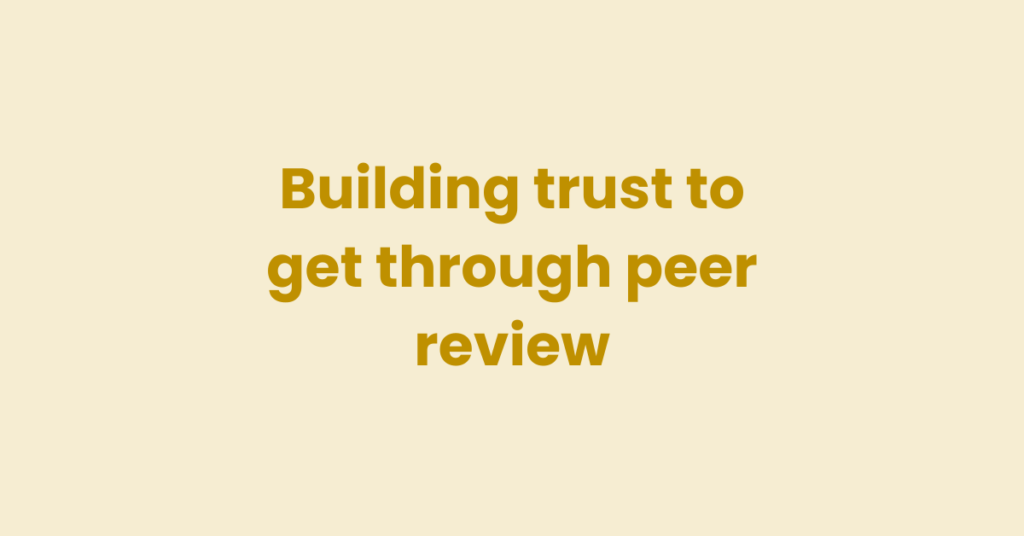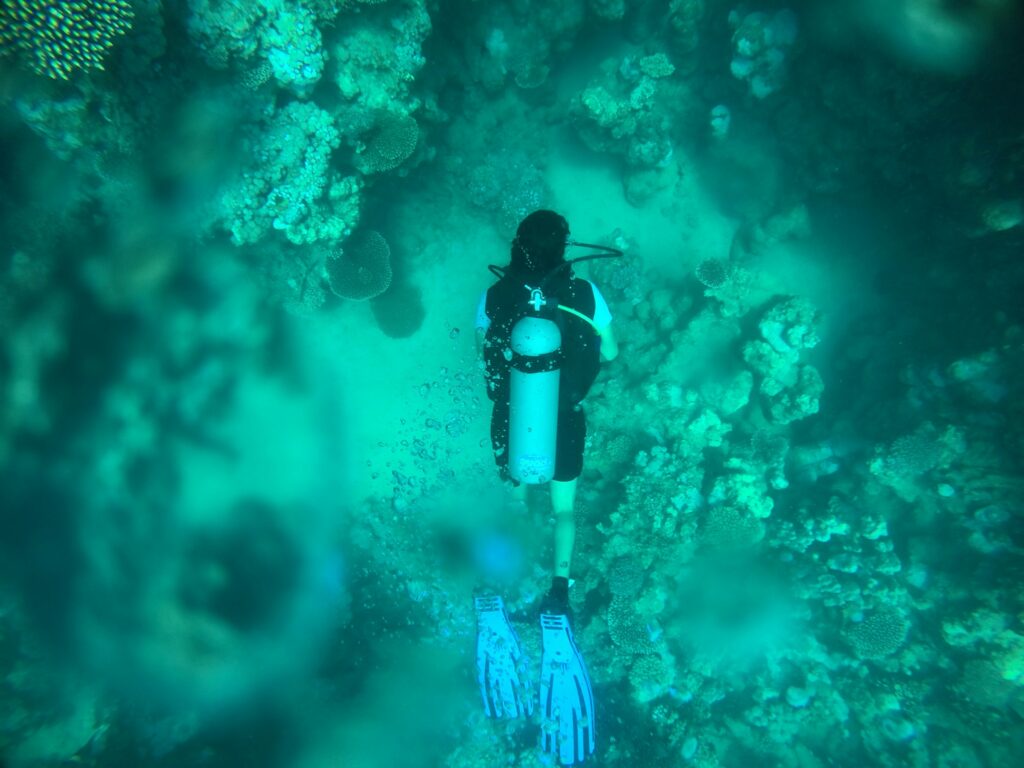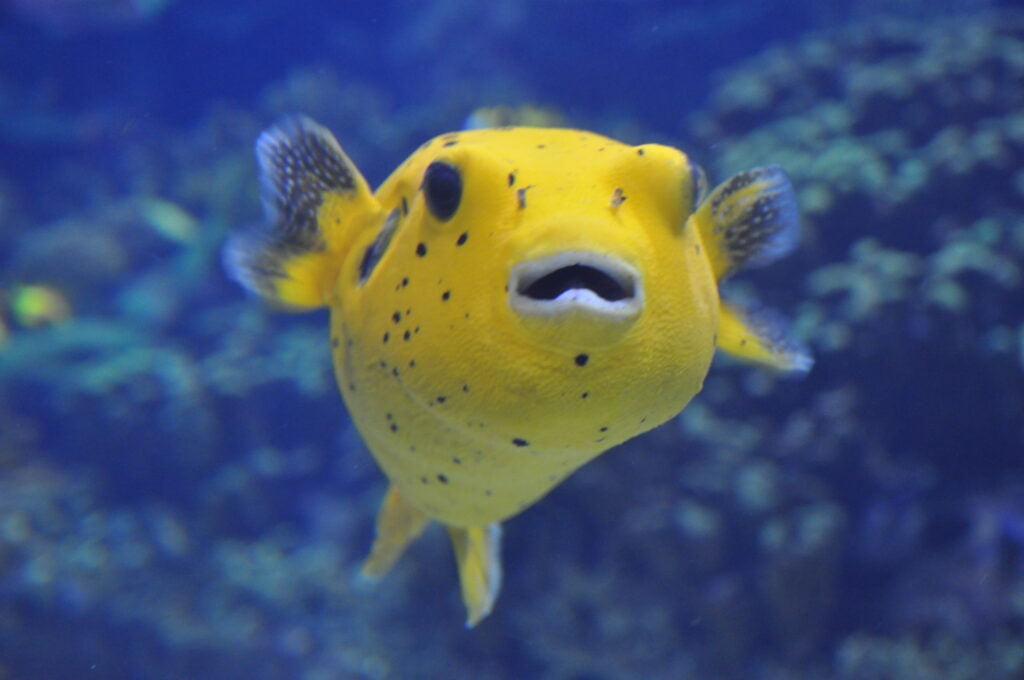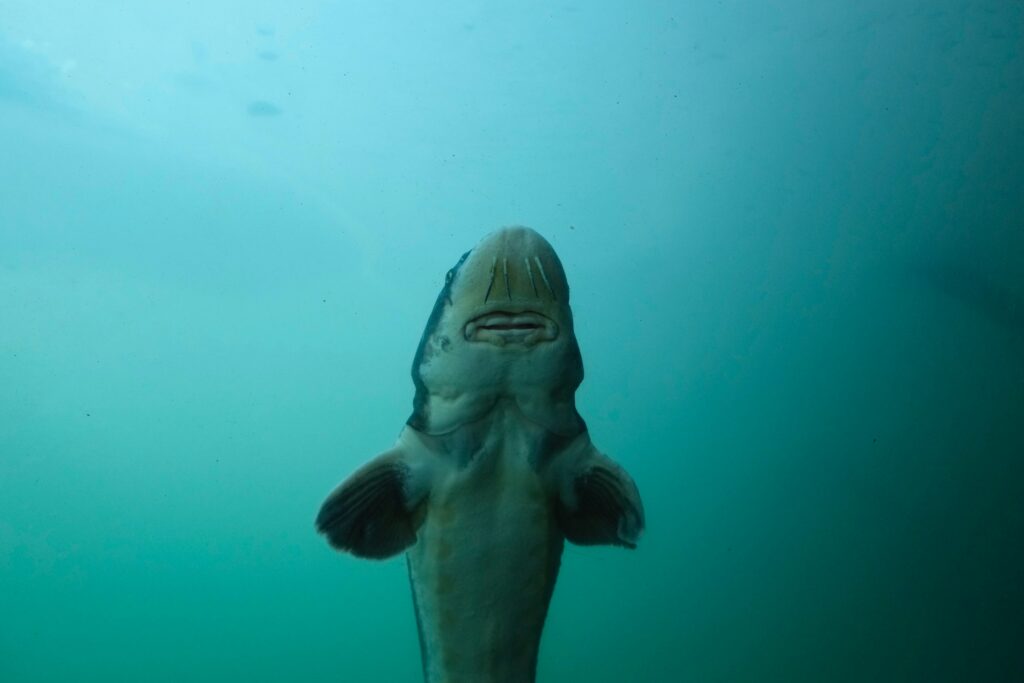
Today I want to share a story of building trust – and how not to do it.
Years ago, I went scuba diving along Australia’s south coast. I wasn’t the most confident diver yet, so I was feeling a bit nervous.
After a short, but bumpy boat ride, we arrived at our designated scuba spot and started putting on all our gear. When I was ready, I asked my buddy if we could do a buddy check. I wasn’t familiar with my gear, so I wanted to really take my time to verify that I got everything set up properly.

Mind you, my buddy was an experienced scuba diver. He’d been diving well over a decade and never had any issues.
He just looked over at my vest, then asked if my air tank was open, to which I nodded. He then said, “don’t worry, you’re fine,” and proceeded to step off the boat and into the water.
I, not wanting to seem silly for being scared (stupid reasoning, I know), decided to follow suit.
What unfolded was one of the worst dives I’d ever been on. I could barely keep up with my buddy, who didn’t seem even remotely interested in staying close to each other, like I’d learned in scuba class. Instead, every five minutes or so, he’d turn around to check if I was still there. In the meantime, I was struggling with my buoyancy. I’d constantly float up and have to figure out how to get down again.

It was frustrating, and I tried to get my buddy’s attention, but he was constantly at least five meters away, engrossed in trying to catch some fish. At some point, I completely lost control of my buoyancy.
Up I went. Back to the surface.
To my relief, the boat driver was paying a lot more attention and picked me up immediately. After making my way back on the boat, I calmed down and vowed to never dive with this guy again.
I didn’t trust him.
Now, the reason I’m telling you this is because this scuba diving story has a lot to do with academic writing. The peer review process, to be exact. To get through peer review, you need trust. You need to convince the reviewers that they can trust that your science is airtight (among a few other things, like being relevant and interesting).

The thing is, you can’t just tell your reviewers to trust you. Even if you are incredibly trustworthy, they need to decide for themselves if your science is reliable. So how can we make them trust us?
Let’s imagine that our reviewer is a scared scuba diver, like I was. Since they didn’t do the research, they don’t fully understand what’s going on. They might even be on edge because they’re jumping into somewhat unfamiliar territory. So we need to make them feel relaxed to build that trust. Now here’s where we can learn from my scuba buddy. By doing things differently from the way he did:
In my scuba diving experience, there was a complete lack of transparency. I couldn’t check if my buddy was kitted out properly, nor did he check me. He just waved it off and jumped in the water. So we don’t want poor transparency.
What’s more, there was hardly any communication. Except for the few times he pointed out a cool-looking fish, he didn’t really check on me. Maybe in his mind he knew that I was fine since he was more experienced and probably had a different risk assessment than I did. But he didn’t communicate it to me, so I didn’t know. So we don’t want bad communication either.
The only thing he did right was use the appropriate language. Proper language is essential in scuba diving because communication is difficult underwater, and you really want to avoid misunderstandings. For example, a thumbs up 👍 in scuba diving doesn’t mean okay; it means that you want to go up to the surface (👌 means okay).
Building trust is an important aspect of successful peer review.
To translate this to academic writing, here’s what you can do to make your peer reviewer trust you:
- Be transparent
Allow them to check what you did. What does your data look like? How did you do the analysis? If possible, provide the raw data files and any code you used for numerical analysis, so they can check for themselves. When visualizing data, present it as honestly as you can. Don’t cherry-pick and avoid bias (nothing like biased data to make scientists distrust you). - Cite properly
Along the lines of transparency, it’s important to cite properly. Obviously, without proper citation, you’re guilty of plagiarism. But what’s more, without citing correctly, nobody can check where you got your information from. Be transparent and cite your sources. - Communicate clearly
Explain everything. Explain what you did and why you did it. Why did you measure xyz? How, exactly? Why are some data points missing? How accurate are your data, and if they are not 100% accurate, why is this still okay? Feel like you’re over-explaining? You can always move the extra bits to the supplementary materials. - Be specific
Don’t say, “we found an effect.” That’s the scuba diving equivalent of saying “don’t worry, you’re fine” – what do you mean, fine? It’s too vague. Instead, explain what you found. What effect did you find? What thing is impacting what other thing, exactly? Was it a big effect or a small one? Is it statistically significant? Is it negative or positive? Provide details. - Use the right language
If you know the academic lingo, scientists are more likely to trust you. So make sure your writing style matches that of your field. Use the correct jargon and don’t write too casually. But don’t try to sound overly academic either, because then your text becomes impossible to read. Finding the right balance takes some practice, so be patient with yourself (or scroll down to download a free cheat sheet).
In the end, taking your time to explain everything is a helpful strategy for building trust. Try to anticipate the questions your reviewers will have so you can answer those questions upfront and make them feel like your science can be trusted.
And if all else fails…? Imagine they’re just an overly anxious scuba diver who doesn’t know how to stay buoyant without floating up.

Photo from Tomas Tuma via Unsplash.
[mailerlite_form form_id=8]
